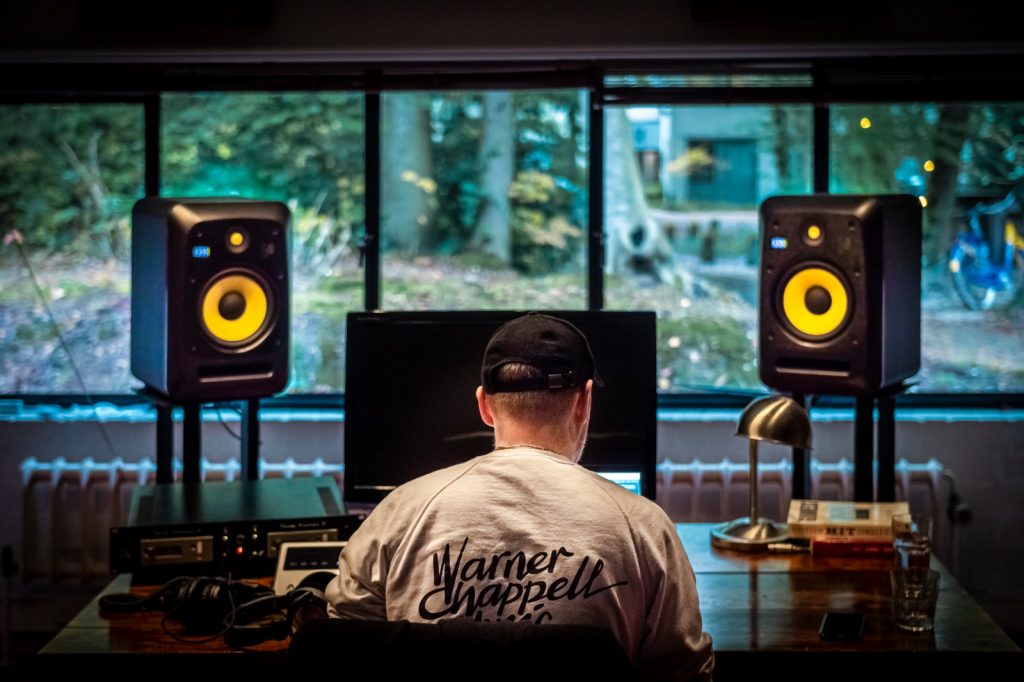Music Production-Sampling

The art of sampling dates back to the 1960s. Fragments of music were recorded from vinyl and later tape and placed in other songs. It has been very emblematic of the emergence of genres such as hip op, drum and bass and house. Many lawsuits have been filed for this, but it has become an indispensable part of modern music.
In the 1970s, entered the consumers market, such as the Fairlight CMI. Large and clumsy devices. Later, drum computers such as the Oberheim DMX and the MPC from Akai emerged. Today, anything is possible in your DAW.
Perhaps the most famous example of sampling is the Amen Drum Break, which has been sampled by thousands of artists.
Other than sampling and looping a beat, you can also slice the beat even further into the individual drum sounds and create a new beat. There are no limits. Downpitching, stretching, bitcrushing, use anything to make it your own. You don’t have to limit yourself to drums either, but sample a vocal to create a vocal chop, or throw a guitar part through a granular sampler and turn it into a synth.
Each sampler has one or more envelopes that you can use. Play with the attack and sustain of the amplitude for dramatic change of the characteristics of the sample.
With sampling you always have to deal with the copyrights of the original sample. Producers are often no longer concerned with the question: ‘Can I sample this?’ but rather: ‘How do I get away with it if I sample this?’.
Another option is to replicate the sample. You bypass the master owner’s rights and have much more creative freedom.
Sampling by now has been elevated to an art form and it is often no longer even about the sample itself, but about how creative you are with it and what you make of it. And in the end, that’s the key to every track.
To read more about Music Production and how to improve the process of developing, creating and refining recorded music visit our knowledge base page Music Production Education.
